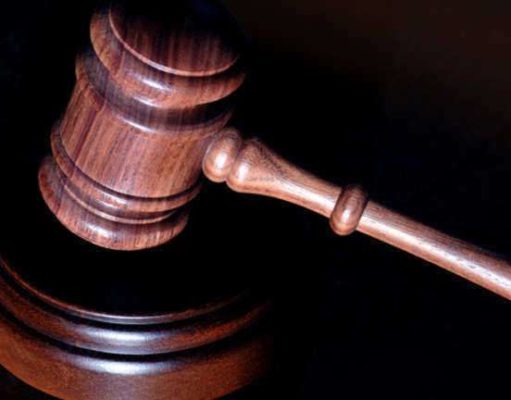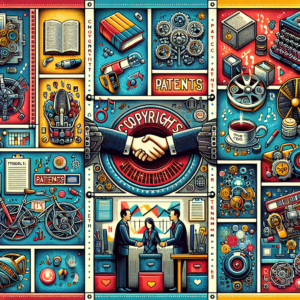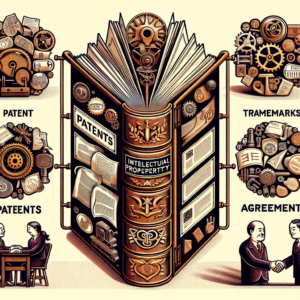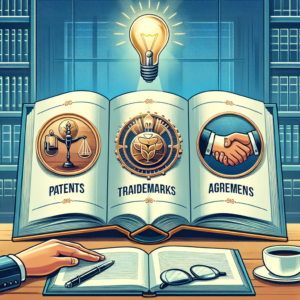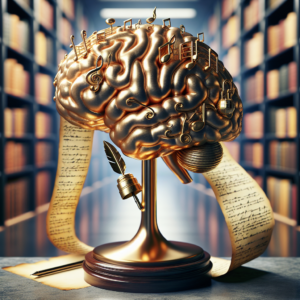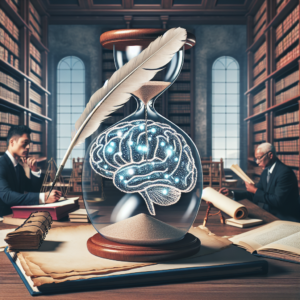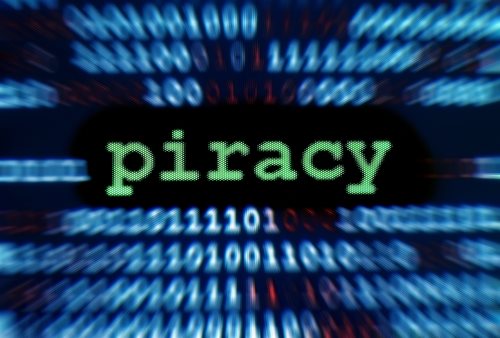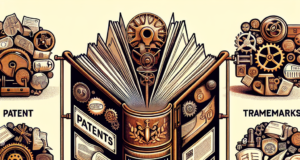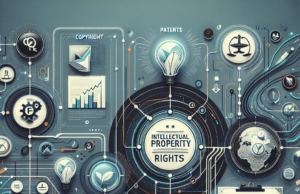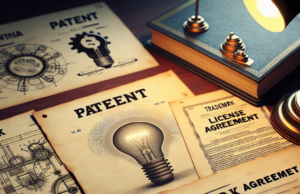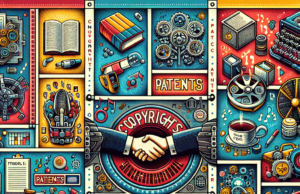Unveiling the Hidden Battles: The Shocking Truth Behind Intellectual Property Disputes

In an increasingly interconnected world, the significance of intellectual property (IP) has surged, becoming a cornerstone of innovation and creativity. However, as the value of ideas and inventions escalates, so too do the conflicts surrounding them. Intellectual property disputes have emerged as hidden battles that can have far-reaching implications for businesses, consumers, and the global economy. This article delves into the complexities of these disputes, exploring their origins, key players, common types, impacts, and potential resolutions.
Understanding Intellectual Property: A Foundation for Innovation and Creativity
Intellectual property refers to the legal rights that protect creations of the mind, encompassing inventions, literary and artistic works, designs, symbols, names, and images used in commerce. These rights are essential for fostering innovation and creativity, as they provide creators with the incentive to invest time and resources into developing new ideas. By granting exclusive rights to creators, intellectual property laws encourage the sharing of knowledge and the advancement of technology, ultimately benefiting society as a whole. However, the very nature of these protections can lead to disputes when multiple parties claim ownership or when the boundaries of these rights are tested.
The Rise of Intellectual Property Disputes in the Global Marketplace
As globalization accelerates, the landscape of intellectual property disputes has evolved dramatically. The rise of digital technology and the internet has made it easier for ideas to be shared and copied, leading to an increase in infringement cases. Moreover, the expansion of international trade has resulted in a more complex web of IP laws, as different countries have varying standards and protections. This disparity often leads to confusion and conflict, as businesses navigate the intricacies of protecting their intellectual property across borders. The stakes are high, with companies facing potential financial losses, reputational damage, and legal challenges that can hinder their growth and innovation.
Key Players in Intellectual Property Battles: Who’s Involved and Why
The landscape of intellectual property disputes involves a diverse array of stakeholders, including individual creators, small businesses, large corporations, and government entities. Creators and inventors often find themselves at odds with larger companies that may infringe upon their rights, while corporations frequently engage in battles with competitors to protect their market share and proprietary technologies. Additionally, legal professionals, patent offices, and international organizations play crucial roles in adjudicating disputes and shaping IP policy. The motivations behind these conflicts can vary widely, from financial gain and market dominance to the desire to uphold ethical standards and protect innovation.
Common Types of Intellectual Property Disputes: An Overview of Legal Conflicts
Intellectual property disputes can manifest in several forms, each with its own legal implications. Patent disputes often arise when one party claims that another has infringed upon their patented invention, leading to complex litigation that can last for years. Copyright disputes typically involve the unauthorized use of creative works, such as music, literature, or software, while trademark disputes focus on the misuse of brand identifiers that can confuse consumers. Trade secret disputes, on the other hand, revolve around the unauthorized disclosure of confidential business information. Understanding these common types of disputes is crucial for businesses and individuals seeking to navigate the intricate world of intellectual property law.
The Impact of Intellectual Property Disputes on Businesses and Consumers
The ramifications of intellectual property disputes extend beyond the parties directly involved, affecting businesses and consumers alike. For companies, prolonged legal battles can drain financial resources, divert attention from core operations, and stifle innovation. Small businesses, in particular, may struggle to survive the costs associated with defending their intellectual property rights against larger competitors. For consumers, these disputes can lead to reduced choices in the marketplace, as companies may opt to withdraw products or services rather than engage in costly litigation. Furthermore, the uncertainty surrounding IP rights can hinder the development of new technologies and creative works, ultimately impacting economic growth and consumer welfare.
Strategies for Resolving Intellectual Property Conflicts: Mediation to Litigation
Given the complexities and potential consequences of intellectual property disputes, various strategies exist for resolution. Mediation and arbitration are often preferred methods, allowing parties to negotiate settlements outside of court, which can save time and resources. These alternative dispute resolution methods foster collaboration and can lead to mutually beneficial outcomes. However, when negotiations fail, litigation may become necessary. Courts can provide a definitive resolution, but the process can be lengthy and expensive. As such, businesses are increasingly encouraged to adopt proactive measures, such as conducting thorough IP audits, implementing robust internal policies, and seeking legal counsel to navigate the complexities of intellectual property law effectively.
Intellectual property disputes represent a significant challenge in today’s global marketplace, with implications that extend far beyond the courtroom. As innovation continues to drive economic growth, understanding the intricacies of IP rights and the potential for conflict is essential for businesses, creators, and consumers alike. By fostering a culture of respect for intellectual property and exploring effective resolution strategies, stakeholders can navigate these hidden battles and contribute to a more equitable and innovative future.

